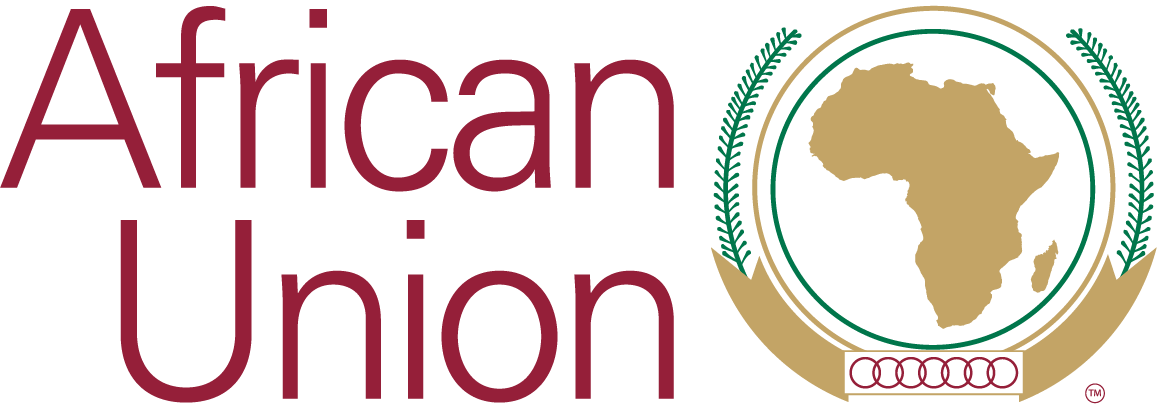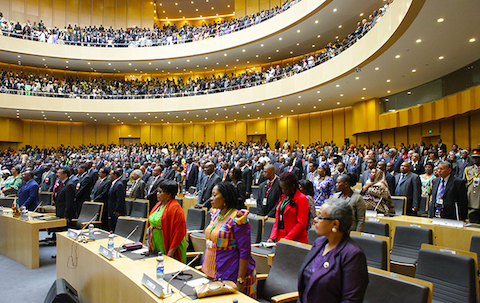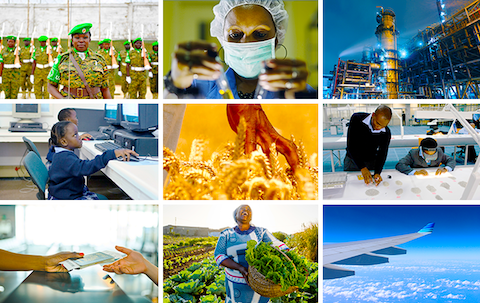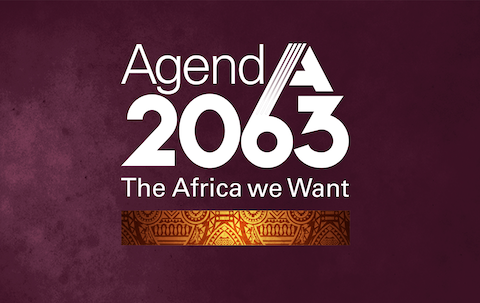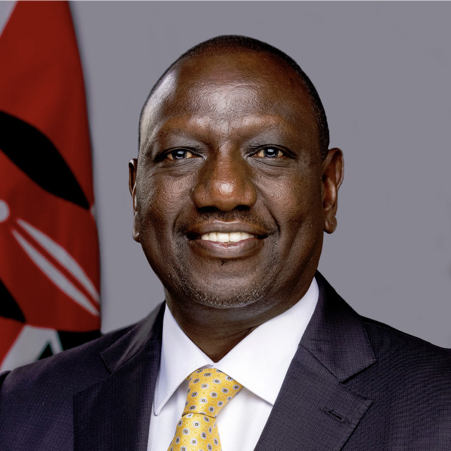Welcome Remarks by HE Dr. Nkosazana Dlamini Zuma, Chairperson of the African Union Commission To the Opening session of the 26th Ordinary Session of the Permanent Representatives Committee (PRC) Addis Ababa, 19 May 2013
Welcome Remarks by HE Dr. Nkosazana Dlamini Zuma, Chairperson of the African Union Commission
To the Opening session of the 26th Ordinary Session of the Permanent Representatives Committee (PRC)
Addis Ababa, 19 May 2013
Your Excellency, the Ambassador of the Federal Democratic Republic of Ethiopia and Chairperson of the PRC,
Your Excellency the Deputy Chairperson of the Commission and Commissioners,
Chairpersons of AU Organs,
Distinguished Ambassadors, Members of the PRC,
Excellencies and Officials from the Capitals
Ladies and Gentlemen,
Let me start by congratulating Ambassador Konjit Sene Giorgis, the Chairperson of the PRC, on her fifty years of service to Ethiopian diplomacy and her unwavering service to the cause of Pan Africanism.
Excellencies, when we met at the January Summit earlier this year, we agreed that 2013 shall be an exciting, but hardworking year for us all. Indeed, the 50th anniversary of the OAU and AU represents yet another moment of destiny for our continent.
There is general acceptance about the rise of Africa for the last decade in terms of economic growth, public investment in infrastructure development, regional integration efforts, as well as improvements in democracy, governance, peace and stability and some human development indicators.
There is also an emerging consensus that Africa’s endowments and future trends present huge opportunities: its human resources and demographic trends, especially its youthful population and its women; its rates of urbanization; the arable land and other natural resources at its disposal; the potential for energy generation, both fossil and renewables; its mineral deposits and its long coastlines, to name but a few.
And yet, we must all agree that this potential was also present when the founders formed the OAU in 1963. As newly independent state they had to construct independent states and develop a vision and plans for continental integration on the foundations of the fragmentation, destruction and structural underdevelopment caused by centuries of colonialism. Though representing thirty two independent states, they still confronted the scourge of colonialism with nearly half of Africa still under its shackles.
The founding generations therefore had to continue the fight, in the spirit of Pan Africanism, for self-determination during most of the existence of the OAU, whilst simultaneously embarking on the tasks of nation and state formation, fighting poverty, ignorance and disease in their countries, and taking forward the vision of African unity, development and integration.
Following Namibian independence and the end of apartheid in 1994, the transformation of the OAU into the African Union signaled a new era for our continent. This is the era that heralded in the current positive trends we see in Africa today.
Your Excellencies,
After a decade of the African Union, and as we celebrate 50 years since the founding of the OAU, it is an opportune moment for reflection on the grand narratives that have been part of the Pan African project for at least the last fifty years and before.
These narratives include our long-term vision of African unity; the paths towards shared prosperity and human security for all African citizens, regions and countries; speeding up the integration agenda; achieving gender equality; tackling the root causes of conflict; celebrating unity in diversity and building inclusive political and human rights cultures.
Excellencies, as we debate the Summit Proclamation, and as we reflect and plan during the Yearlong 50th Anniversary celebrations, we must answer some of these questions:
• What will it take for Africa to be integrated, people-centred, prosperous and at peace with itself over the next five decades?
• Are the milestones we set in various continental frameworks and initiatives, especially around human development, infrastructure, agriculture, women’s empowerment, health and industrialization, and above all on political unity and integration sufficiently bold to achieve our vision?
• What type of paradigms and actions in terms of leadership, people’s participation, resource mobilisation and our implementation, monitoring and evaluation strategies are required to ensure impact and rapid implementation?
• And finally, are our institutional architectures aligned towards the achievement of rapid integration, development and industrialization, how do we improve their impact, efficiency and effectiveness?
There is no question that we have grappled with all these issues since the founders gathered in Addis Ababa in 1963 and before, although in different times and context.
We recall the words of the High Level Panel on the Audit of the African Union when they said that ‘only through introspection can appropriate lessons of history be learnt and Africans, as a people, confidently forge ahead towards the desired future.’
Excellencies, PRC Members, Representatives from Capitals
The first five months of this year have indeed been a period of hard work, yet also exciting because we are beginning to see movement in a number of areas which the Summits entrusted to us, and on which we shall account.
Firstly, Summit instructed the PRC and the Commission to finalise the approach to and preparations for the 50th Anniversary. We have not only adopted the Anniversary Project document and Budget, but your good selves have been engaged in monitoring and providing direction to the preparations for the Anniversary. The first phase of the Anniversary is upon us, and we will soon witness whether we have turned our plans into reality.
Secondly, we were required to finalise the Third Strategic Plan of the African Union Commission (2014-2017). This has been a challenging endeavor, because we needed to agree not only the priorities for the next five years and beyond, but also to effect the paradigm shift in our planning so as to focus on impacts and outcomes rather just on activities.
Thus when we said in the Strategic plan that our people are our most important resource, we had to articulate the strategies to achieve this, as well as set the indicators to measure impact.
The discussions on these matters, and on the AUC 2014 Budget, in PRC and in the Extra-Ordinary Executive Council, are testimony to our seriousness to ensure that our premium continental organisation, the African Union, indeed is serious about accelerating the agenda of creating an integrated, people-centred, prosperous and peaceful Africa.
Your Excellencies,
The third task on which we can report progress is on the review of strategic partnerships. Although we have not started the formal review yet, the broad outline of a different approach has begun to emerge in our practical engagements on partnerships over the last five months.
We not only held the Africa South America Summit, the TICAD Ministerial meeting, the AU and EU college to college meeting and engaged with the BRICS on our continental priorities, we have also started preparations for a number of important initiatives with partners this year, including the TICAD Summit, the Africa-Arab Summit, India Africa Ministerial meeting, as well as preparations for the Africa-Europe Summit next year.
During this period, we also visited China to discuss how to strengthen relations, based on our vision. We have made a follow-up meeting to the Brics Summit by visiting the Russian Federation. At the World Economic Forum we were able to put our priorities, to mention a few.
A key lesson from these engagements is that when the African Union is clear about its priorities and its common positions, we are more likely to have effective partnerships and move forward our continental agendas, whether it is on the Economic Partnership Agreements (EPAs) or on our infrastructure priorities. We must therefore use these lessons to inform the partnerships review that we must formalise after this Summit.
Fourthly, Excellencies, we undertook as the Commission, as part of building a People’s Union to ensure that we communicate more effectively. The AUC has begun to develop and executive a communication and outreach strategy, developed with government communicators and journalists from across the continent. Early signals are that the Union is more visible and that important shifts are occurring in perceptions of the continent.
Of course, the 50th anniversary of our Union in and by itself, and the consultative approach towards the development of the Agenda 2063 framework, provide us with good opportunities for raising the AU and continental profile.
We must however caution that we still have to do objective research on the impact of our strategy, and that important elements of our communications strategy have still to be rolled out, especially with regards to radio and social media, in order to reach all regions and sectors of the African citizenry.
Your Excellencies,
A fifth area of reflection is our ongoing work on peace, security, and on governance and democracy. Since January, the Commission has send observer missions to a number of Member states, including the recent elections in Kenya. We continue to learn lessons from these experiences, and they help to inform our paradigm of building inclusive political cultures and national and regional development.
We must repeat the message that there can be no peace without development, and no development without peace. Through implementation of the peace and security, and the good governance architecture, Africa continues to register increasing levels of peace and security. We must highlight that whereas in the 1990’s there were about fifteen countries engulfed in conflicts, this number reduced to five between 2000 and 2010.
Conflict resolution efforts have yielded encouraging results in many parts of the continent, as shown by the tremendous progress recorded in Somalia, the agreements reached between Sudan and South Sudan in their post secession relations and the ongoing initiatives to promote good neighborliness and cooperation for a shared prosperity in the Great Lakes region.
However, as the remaining conflicts and recent crises in Mali and Central African Republic and the ongoing situation in Western Sahara suggest, there is no room for complacency, and we must resolutely tackle the root causes of conflicts and instability, so as to ensure lasting peace.
Excellencies,
There are other areas that we need to pay greater attention to or that we postponed till after the May Summit. These include the strengthening of the AU Commission and organs, including the relationship between Commission and the PRC and implementing the decisions of the AUC and RECs retreat held in April this year.
We will therefore act in the coming months with speed on decisions such as the follow-up on the High Level Panel Audit of the AU review; the issue of the proliferation of AU institutions and agencies; the review on the mandate of the Pan African Parliament and strengthening our capacity to implement decisions of our policy organs, to name but a few.
Your Excellencies,
In conclusion, our debates on the theme over the last few months have brought us closer to a common narrative on the lessons and achievements of the last five decades, including the strengths and weaknesses of our Union. The yearlong anniversary activities, and our engagements with all sectors of society on the theme will continue to build on this African narrative.
However, more importantly during this year, besides the celebratory aspects of our 50th Anniversary, we have before us the task to map out a vision and milestones for the next fifty years. The Proclamation of the Anniversary Summit must provide the framework and set the tone. It must be bold and inclusive; and not shy away from confronting the issues that make it difficult for us to achieve integration, peace and prosperity.
Your Excellencies, let us recall the words of our founders, that Africa must unite or perish. When they formed the OAU on 25 May 1963, they chose to unite behind the mission to rid Africa of colonialism and apartheid.
On 25 May 2013, we must unite behind the mission to rid Africa of poverty, disease, hunger and prosperity.
We must unite, or perish.
